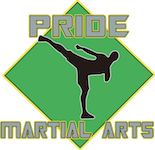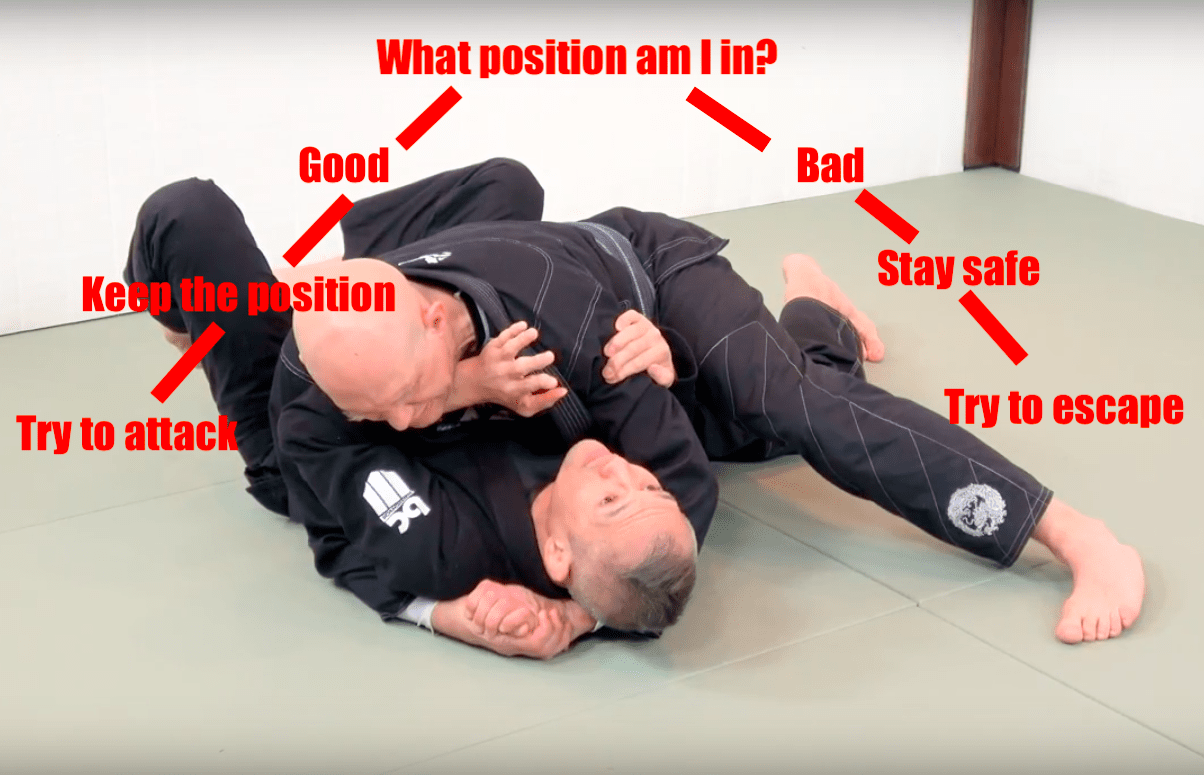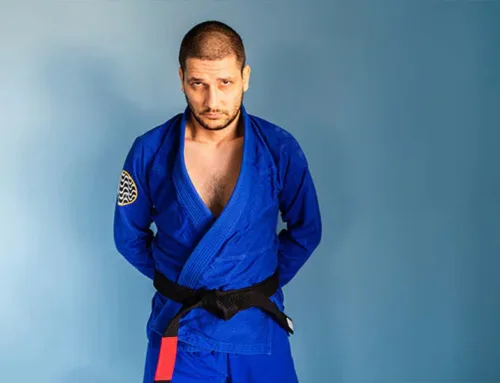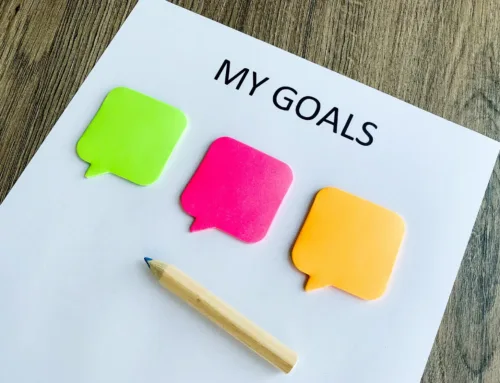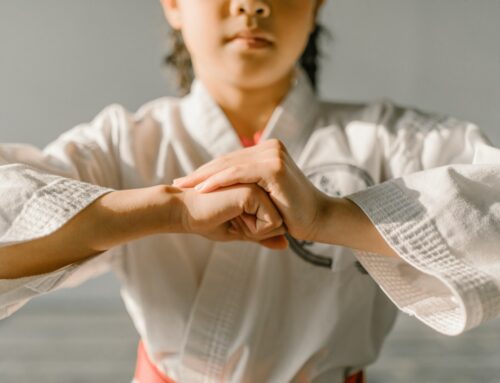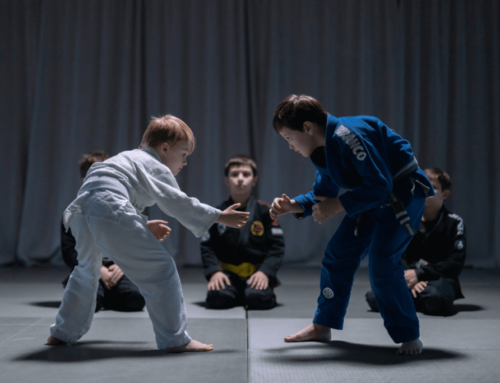Jiu-Jitsu is an exciting martial art that focuses on ground fighting and submission techniques. It offers a unique way to build strength, improve fitness, and develop mental toughness. Whether you are looking to start a new hobby or find a different way to stay active, Jiu-Jitsu has something valuable to offer.
This martial art places emphasis on leverage and technique rather than brute strength, making it accessible for people of all ages and sizes. Students learn to use their opponent’s force against them, which requires skill and strategy. This makes Jiu-Jitsu both a physical and mental workout, helping you grow in multiple ways.
Beginners may feel a bit overwhelmed at first, but that’s completely normal. Understanding the basics of Jiu-Jitsu can make your first steps more comfortable and enjoyable. In this guide, we’ll cover the fundamentals, including essential techniques for beginners, what to expect in your first class, and the benefits you can gain from regular practice. Let’s dive into the world of Jiu-Jitsu and see why it’s such an engaging and rewarding martial art!
What is Jiu-Jitsu?
Origins and History
Jiu-Jitsu has a fascinating history that dates back hundreds of years. It originated in Japan as a method of unarmed combat used by samurai warriors. When they were disarmed, they needed effective techniques to defend themselves, relying on joint locks, throws, and ground fighting. Over time, Jiu-Jitsu evolved and was adapted for sport and self-defense purposes.
Key Principles and Techniques
Jiu-Jitsu focuses on using leverage and technique to control or submit an opponent, rather than relying on strength. This makes it an effective martial art for people of all sizes. Key principles include maintaining balance, controlling the distance, and using your opponent’s energy against them. Common techniques involve ground fighting, with an emphasis on positions, submissions, and escapes.
Differences Between Brazilian Jiu-Jitsu and Traditional Jiu-Jitsu
While traditional Jiu-Jitsu came from Japan, Brazilian Jiu-Jitsu (BJJ) developed when Japanese practitioners brought the art to Brazil. Brazilian Jiu-Jitsu focuses more on ground fighting and submission grappling. It became popular due to its effectiveness in mixed martial arts competitions. Traditional Jiu-Jitsu includes more standing techniques, throws, and strikes, while BJJ prioritizes ground control and submissions.
Essential Techniques for Beginners
Basic Positions (Guard, Mount, Side Control)
Learning basic positions is the foundation of Jiu-Jitsu. The guard position involves wrapping your legs around your opponent to control them. Mount is where you sit on top of your opponent’s chest, giving you control. Side control is when you pin your opponent from the side, limiting their movement. Mastering these positions is crucial for effective Jiu-Jitsu practice.
Fundamental Submissions (Armbar, Triangle Choke, Kimura)
Submissions are techniques used to make your opponent give up. The armbar targets the elbow joint, applying pressure until the opponent taps out. The triangle choke cuts off blood flow by squeezing the neck with your legs. The Kimura is a shoulder lock that can force an opponent to submit. Learning these basic submissions gives beginners a solid start in Jiu-Jitsu.
Escaping Techniques and Defense
Defending yourself and escaping bad positions are vital skills in Jiu-Jitsu. Common escape techniques include the hip escape and the bridge escape. The hip escape helps you create distance and re-establish guard, while the bridge escape can turn a disadvantageous position into a favorable one. Developing strong defensive skills ensures you can protect yourself and stay safe while training.
Preparing for Your First Jiu-Jitsu Class
What to Expect
Your first Jiu-Jitsu class might feel a bit overwhelming, but it’s an exciting start to your journey. You’ll likely begin with a warm-up that includes stretching and some cardio exercises to get your body ready. Then, you’ll move on to practicing basic techniques, usually with a partner. Instructors will demonstrate moves, and you’ll get plenty of opportunities to practice and ask questions. Don’t worry if you don’t get everything right away; everyone learns at their own pace.
Necessary Gear and Attire
Before your first class, make sure you have the right gear. Most Jiu-Jitsu schools require a gi, which is a traditional uniform made up of a jacket, pants, and a belt. If you don’t have one, check with your school; some offer loaner gis for beginners. You’ll also want a mouthguard to protect your teeth. Wearing flip-flops or sandals is a good idea for walking around off the mats to keep them clean.
Basic Etiquette and Safety Tips
Respect and safety are key in Jiu-Jitsu. Always show respect to your instructors and training partners. Bowing when you step on and off the mat is a common sign of respect. It’s also important to keep your nails trimmed and maintain personal hygiene to prevent injuries and infections. During training, tap out if you feel any discomfort or pain to avoid injury. This signals your partner to stop immediately.
Benefits of Practicing Jiu-Jitsu
Physical Fitness and Health
Practicing Jiu-Jitsu is a fantastic way to stay in shape. The training involves a lot of movement, which improves cardiovascular health, increases strength, and enhances flexibility. The various drills and techniques provide a full-body workout, helping you build muscle and burn calories. Regular practice can also lead to better overall health, including improved stamina and endurance.
Mental Toughness and Discipline
Jiu-Jitsu is not just about physical strength; it also demands mental toughness and discipline. Learning the techniques requires patience and persistence. You’ll face challenges and setbacks, but overcoming them will make you mentally stronger. The discipline you develop through regular training can help you stay focused and committed, both on and off the mats. These mental skills are valuable in all areas of life.
Community and Social Interaction
One of the great benefits of Jiu-Jitsu is the sense of community it provides. When you join a Jiu-Jitsu class, you become part of a supportive group where everyone is working towards similar goals. Training with partners helps you build strong bonds and teaches you teamwork and cooperation. The social interactions you have in class can lead to lasting friendships and a positive sense of belonging.
Conclusion
Jiu-Jitsu offers a unique blend of physical and mental benefits that can positively impact your life. From improving your physical fitness and health to building mental toughness and discipline, the rewards of practicing Jiu-Jitsu are immense. The sense of community and social interaction provide a supportive environment, helping you grow both on and off the mats.
If you’re ready to take the plunge, join us at Pride Martial Arts Academy and start your Jiu-Jitsu journey today. Our experienced instructors are eager to help you achieve your goals in a fun and welcoming environment. Sign up now and discover the amazing benefits of Jiu-Jitsu for yourself!
